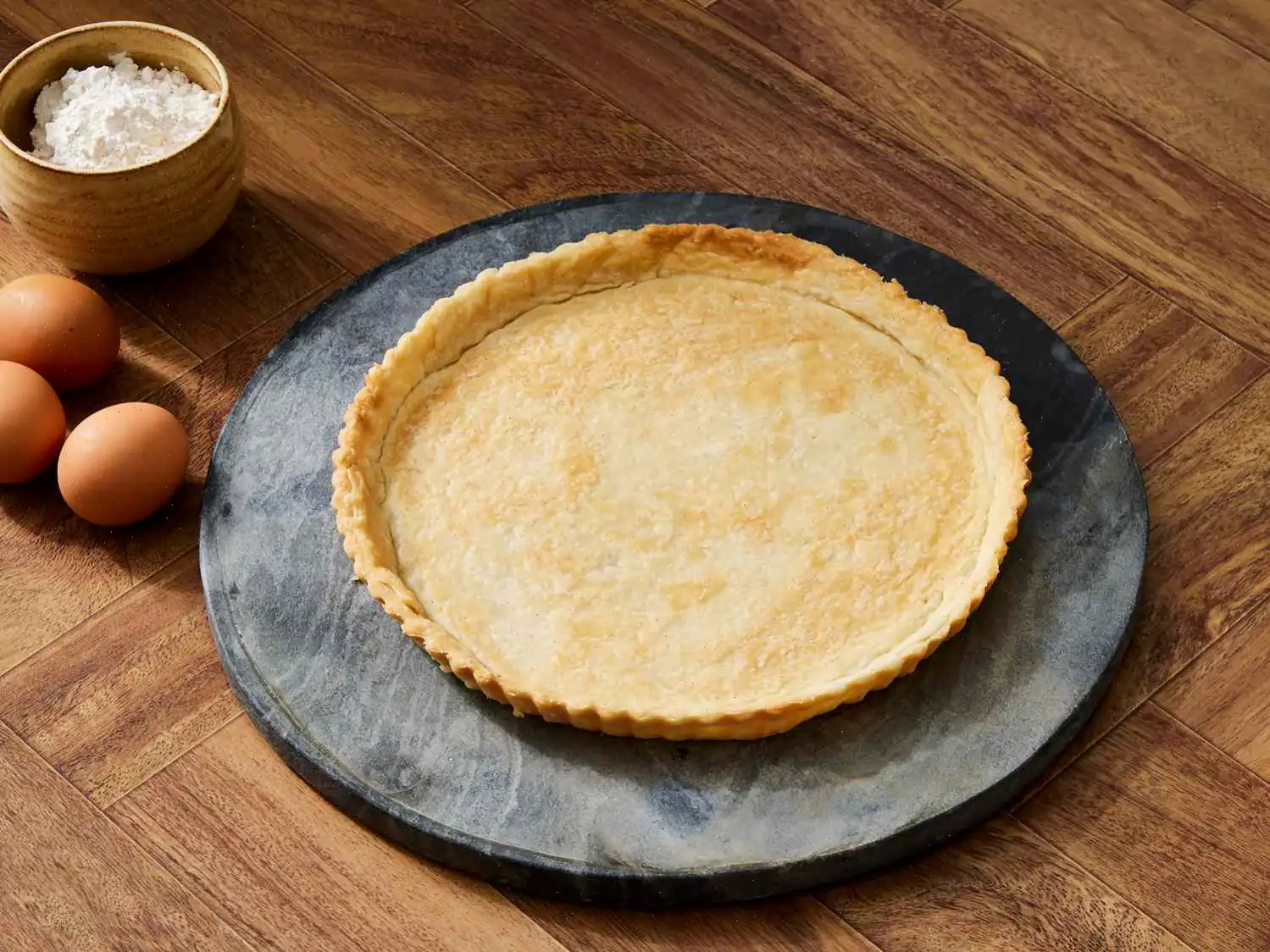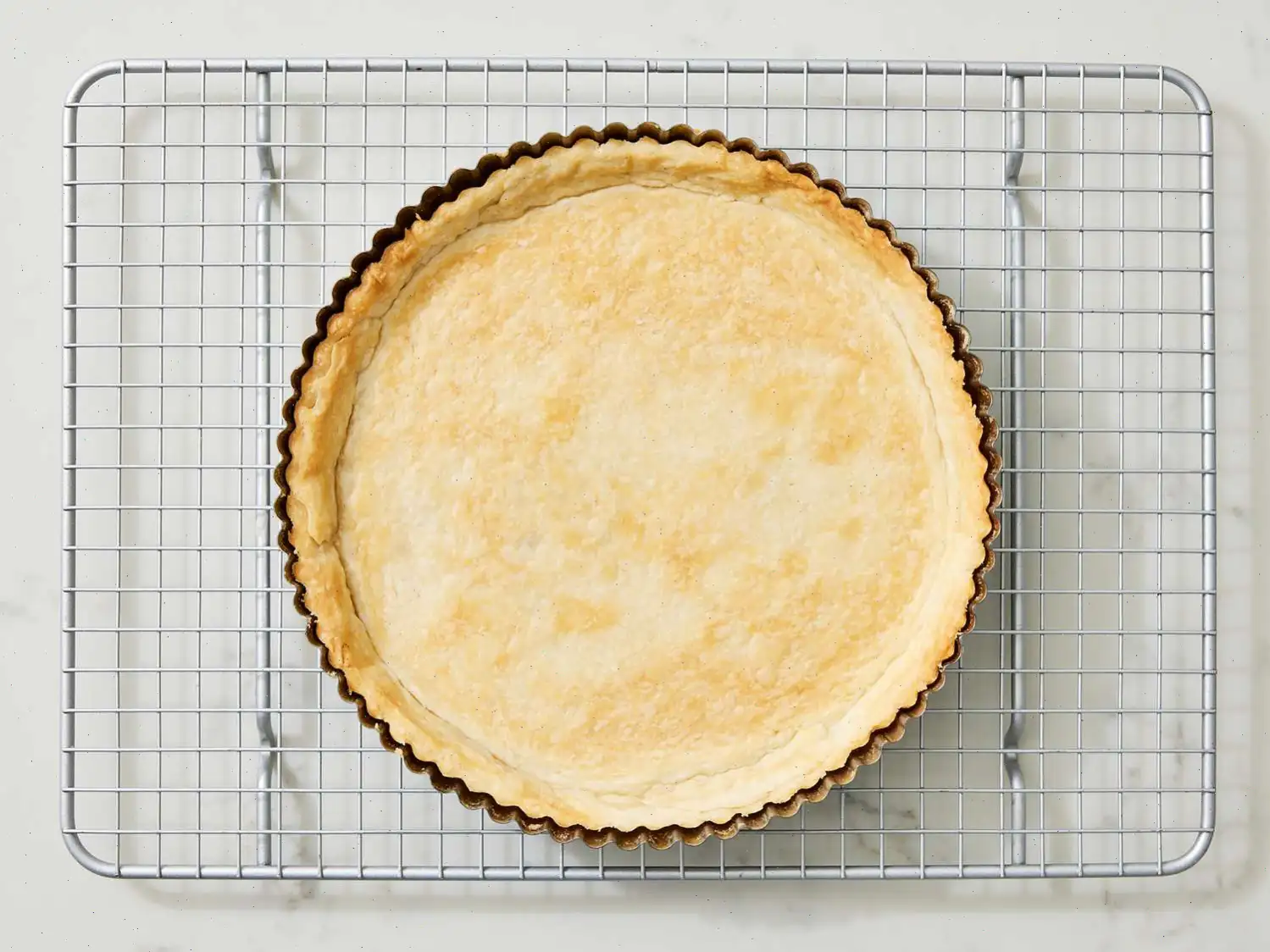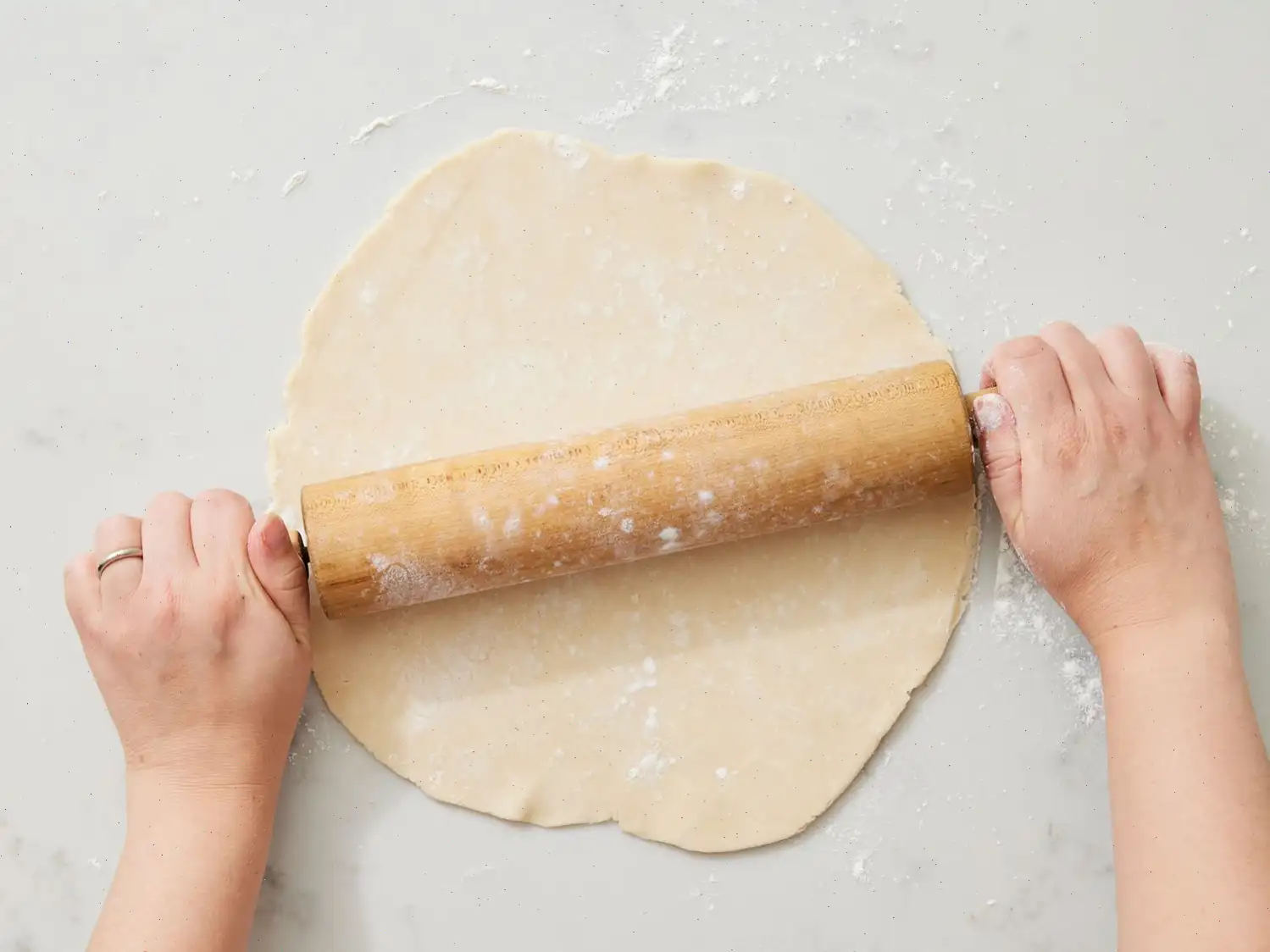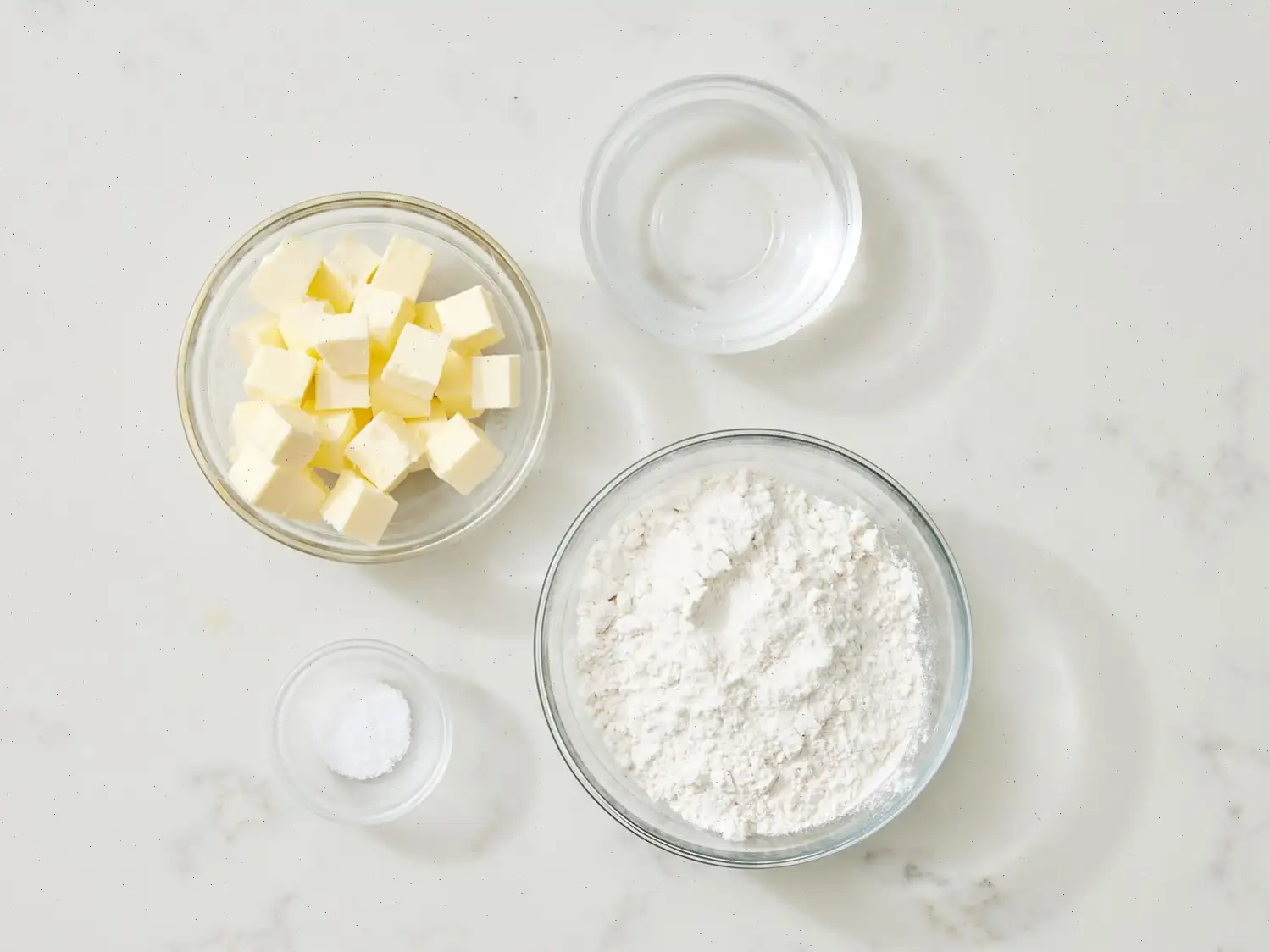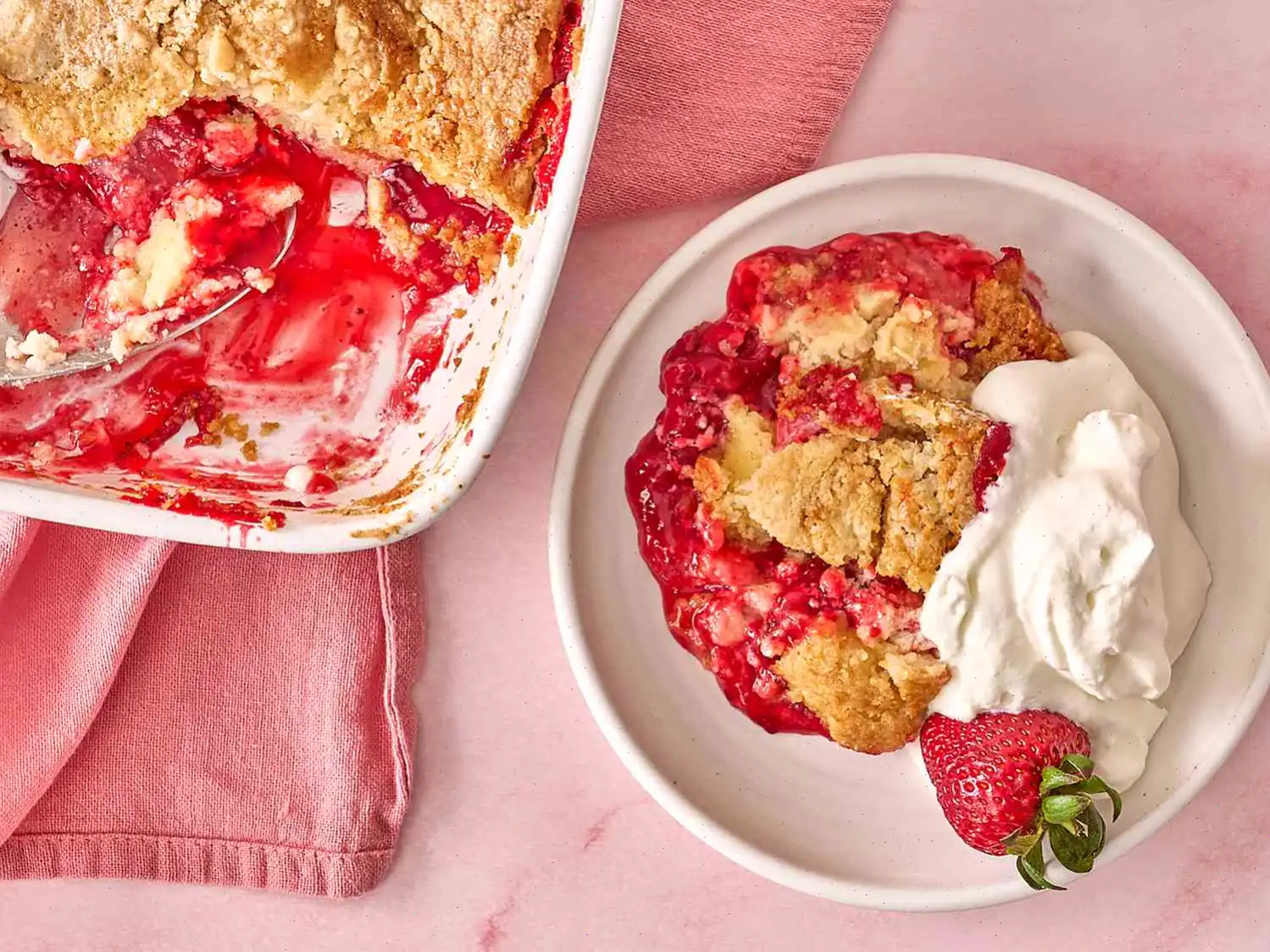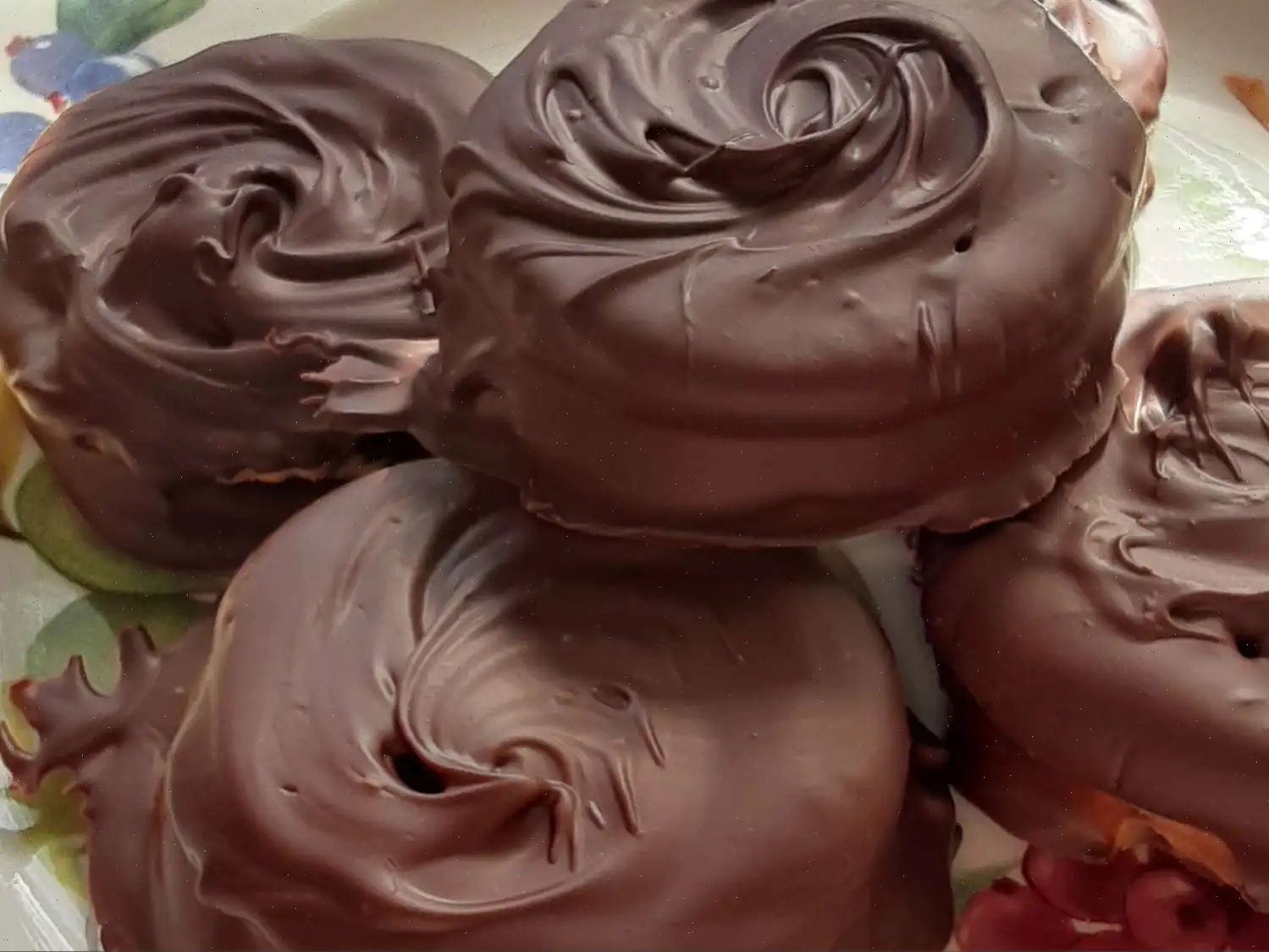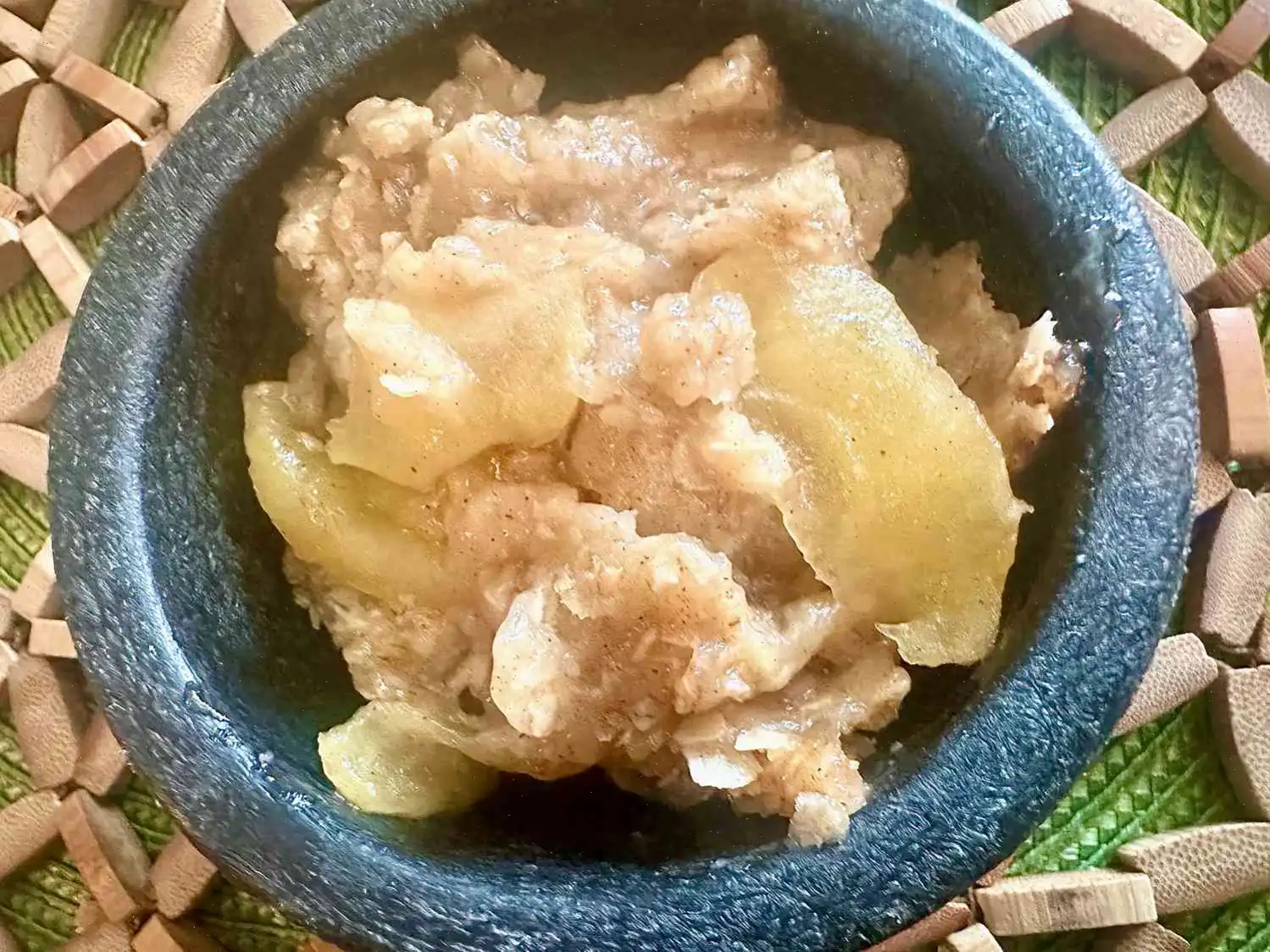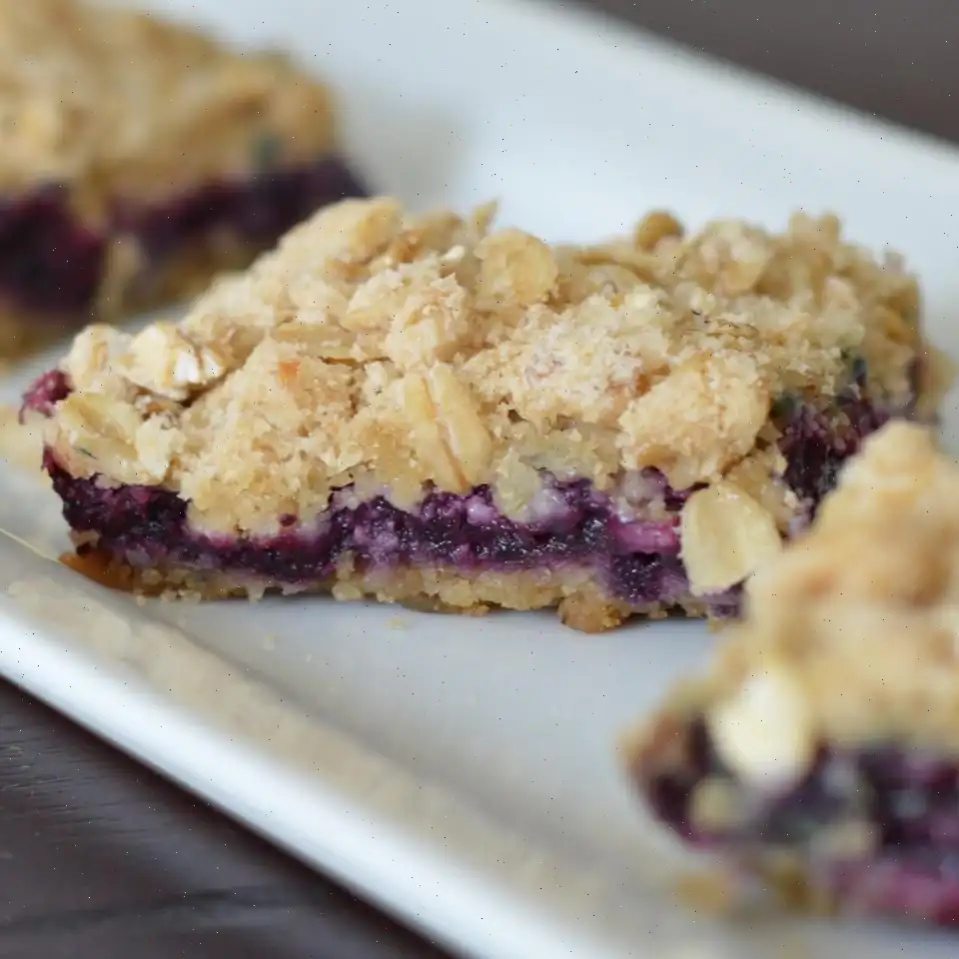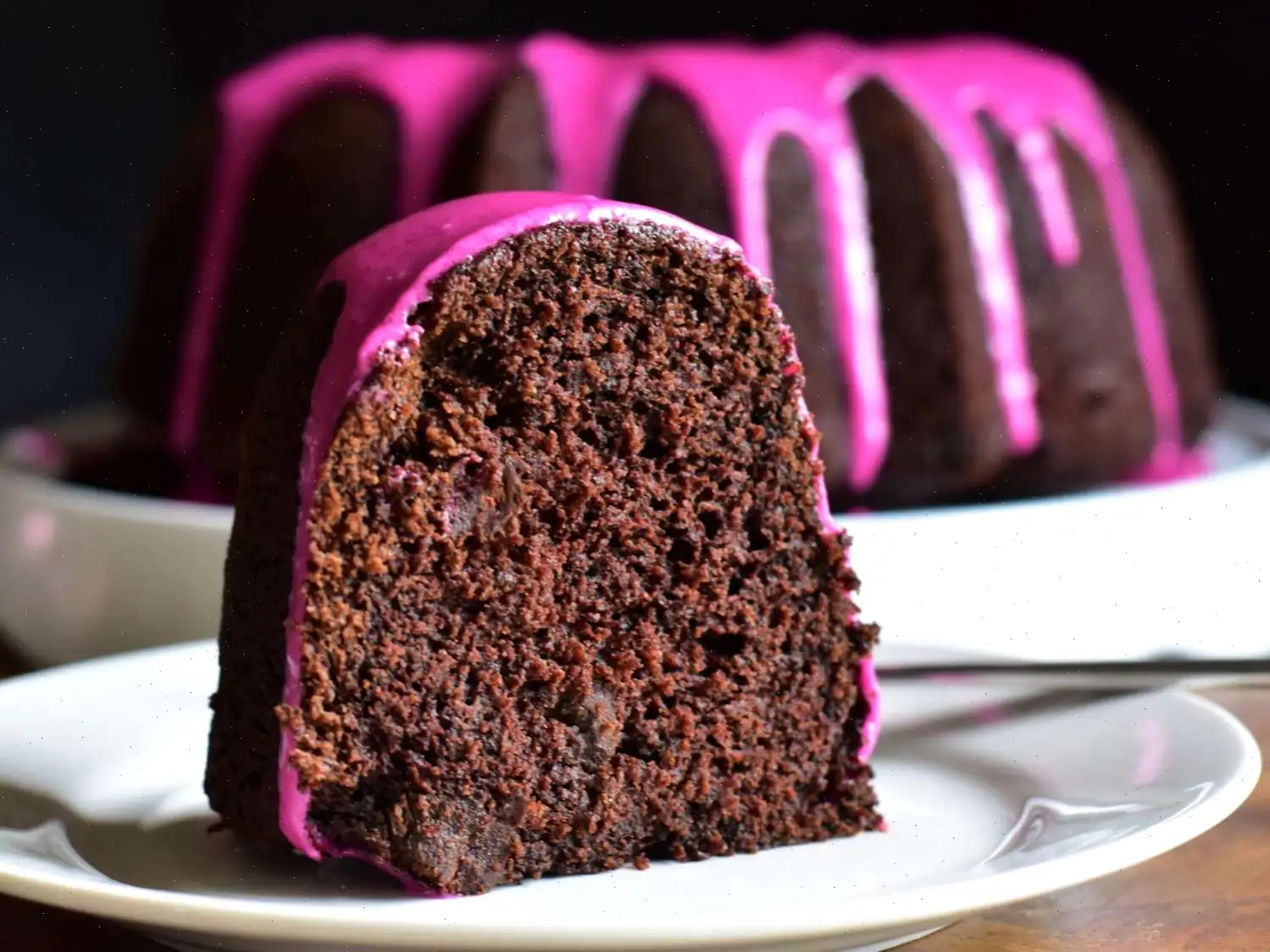
Shortcrust Pastry (Pâte Brisée) Recipe
This shortcrust pastry is a buttery, rich, and flaky dough thats sure to impress. Follow this simple recipe to create a delicate, melt-in-your-mouth crust perfect for both sweet and savory pies.
What Is Shortcrust Pastry?
Shortcrust pastry, or pte brise, is a dough that is crumbly and tender, with a biscuit-like texture. Its called short because the fat-to-flour ratio is higher than that of traditional pie dough, resulting in a tender, easy-to-break crust.
Shortcrust Pastry Ingredients
- 1 cup all-purpose flour - The base of your pastry, providing structure.
- 1/2 teaspoon kosher salt - Adds flavor and helps with gluten formation.
- 1/2 cup cold butter - Chilled butter creates a flaky texture when baked.
- 3 tablespoons ice-cold water - Cold water helps keep the butter solid and contributes to a flaky crust.
How to Make Shortcrust Pastry
Follow these steps to make your own shortcrust pastry:
- Step 1: Combine the flour and salt in a food processor and pulse until well mixed.
- Step 2: Add the cold butter, and pulse again until the mixture resembles breadcrumbs.
- Step 3: Gradually add ice water, pulsing until the dough starts to form. Add more water if necessary.
- Step 4: Wrap the dough in plastic wrap and chill it in the refrigerator for at least 60 minutes (or up to overnight).
- Step 5: Once chilled, roll the dough out on a lightly floured surface to form a 12-inch round.
- Step 6: Carefully transfer the dough into a 9-inch pie plate or a 10-inch tart pan, pressing it gently into the edges.
- Step 7: If using a pie plate, flute the edges as desired. If using a tart pan, trim the dough even with the rim.
- Step 8: Chill the dough again for at least 1 hour before baking.
Recipe Tip
If you dont have a food processor, you can make the dough by hand. Simply pinch the cold butter into the flour with your fingertips until the mixture looks like breadcrumbs. Then, add the water gradually, using a fork to toss until the dough comes together.
Test Kitchen Tips
- Don't rush the chilling process. Let the dough rest for at least an hour before rolling out and after transferring it to the pan. This ensures the dough firms up and is easier to work with.
- Be careful not to overwork the dough. Handling it too much will develop the gluten and result in a tough crust.
- If you don't want to crimp the edges of your pie, use a tart pan with a removable bottom for an elegant finish.
How to Bake Shortcrust Pastry
Bake the pastry as directed in your recipe. If the recipe calls for a pre-baked crust (like for a no-bake filling), youll need to blind bake it first. To do this, line the chilled crust with foil or parchment paper and fill with pie weights or dry beans. Bake at 400F for 30-35 minutes.
What to Do With Shortcrust Pastry
This pastry is versatile and works wonderfully for both sweet tarts and pies, as well as savory pies like quiches or vegetable tarts.
Can You Make Shortcrust Pastry Ahead of Time?
Yes! You can make the pastry ahead. After lining your pie plate or tart pan, wrap it well and freeze it for up to 3 months. When ready to use, fill and bake as directed in your recipe, but you may need to add an extra 5 to 10 minutes to the baking time.
Nutrition Facts
- Calories: 159 per serving
- Total Fat: 12g (15% DV)
- Saturated Fat: 7g (37% DV)
- Cholesterol: 31mg (10% DV)
- Sodium: 170mg (7% DV)
- Total Carbohydrates: 12g (4% DV)
- Protein: 2g (3% DV)
- Iron: 1mg (4% DV)
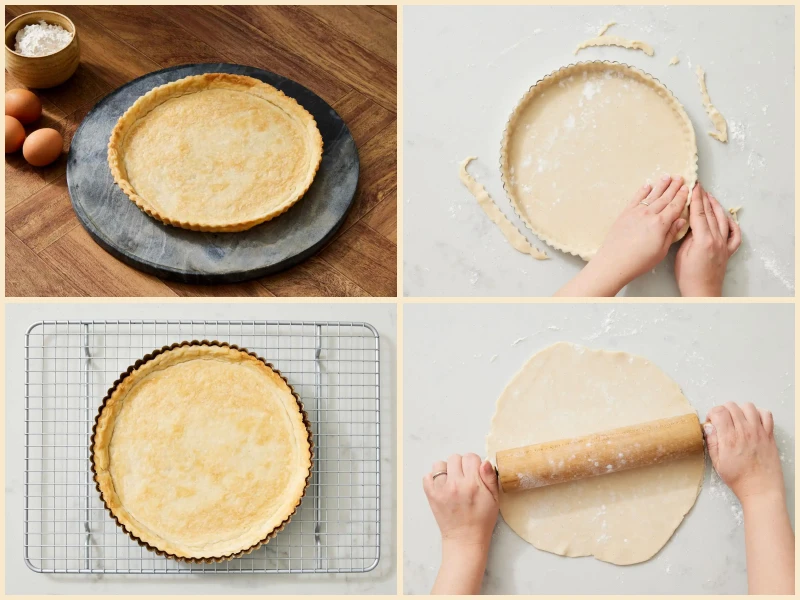
The Story Behind Shortcrust Pastry (Pte Brise)
Shortcrust pastry, or pte brise in French, has a rich history that traces back to medieval Europe, where bakers sought a versatile dough for both sweet and savory dishes. Originally, it was a practical solution for enclosing meat or fruit in a protective, edible shell that could be baked or stored. Over time, French chefs refined the technique, emphasizing a delicate, crumbly texture achieved by carefully balancing fat and flour. The term short refers to the tender, easily breakable structure of the dough, which contrasts with more elastic, bread-like pastries.
Regional Variations and Characteristics
Though pte brise is most strongly associated with French cuisine, variations exist across Europe. In Normandy, butter-rich shortcrust is preferred, lending a slightly savory flavor to apple tarts. In Provence, some bakers incorporate olive oil for a lighter, more aromatic crust. Even within France, bakers adapt the dough for sweet desserts like tarte au citron or savory pies such as quiches, adjusting hydration and fat ratios to suit local tastes. Outside France, Italian and British bakers have adopted similar doughs, often with regional tweaks, such as adding egg yolks or sugar to enrich the texture.
Distinguishing Shortcrust from Similar Pastries
Shortcrust pastry differs from puff pastry and filo dough in several key ways. Unlike puff pastry, which relies on repeated folding and layering to create airy, flaky layers, shortcrust is dense and crumbly, ideal for tarts that require a sturdy base. Filo dough is paper-thin and requires brushing with fat between layers, while shortcrust incorporates the fat directly into the flour. Compared to American pie crusts, French pte brise is generally less sweet and more focused on texture, allowing it to support both delicate fillings and hearty quiches without becoming soggy.
Where It Is Commonly Served
Shortcrust pastry is a staple in French patisseries and home kitchens alike. It serves as the base for tarts, quiches, galettes, and pies. In restaurants, it often appears in both refined dessertslike fruit tarts and chocolate ganache tartsand in savory preparations such as quiche Lorraine or vegetable tarts. During festive occasions, it is frequently used for pies filled with seasonal fruits or rich custards, showcasing its versatility. Its neutral, buttery flavor makes it suitable for almost any filling, from creamy custards to roasted vegetables.
Interesting Facts About Shortcrust Pastry
- The short in shortcrust refers not to time but to the crumbly texture achieved by limiting gluten development.
- Chilling the dough is essential: cold butter creates steam during baking, producing subtle flakiness.
- Traditional French bakers sometimes add egg yolk to enrich the dough for certain tarts, though the classic recipe keeps it simple with just flour, butter, salt, and water.
- Blind baking, a common technique with shortcrust, prevents soggy bottoms when using wet fillings like custards or fruit compotes.
- Despite its simplicity, mastering pte brise is considered a hallmark of skilled pastry chefs, as overworking or under-chilling can drastically affect texture.
You can listen to this recipe in AI audio format. Simply click the play button below to listen to the content in a format that suits you best. It’s a great way to absorb information on the go!
FAQ about Shortcrust Pastry (Pâte Brisée) Recipe
Comments
David Williams
03/15/2024 07:37:56 AM
My grandmother used to bake this pastry frequently.
Joyce Hill
11/30/2024 03:18:08 PM
I decided to double the recipe for both the bottom and top crust. The bottom crust turned out a bit soggy, but still tasted delicious. The dough was a bit challenging to work with, as it was quite firm and needed to be handled quickly before it softened too much. Overall, I appreciate the recipe and the end result was worth the effort. Thank you!


